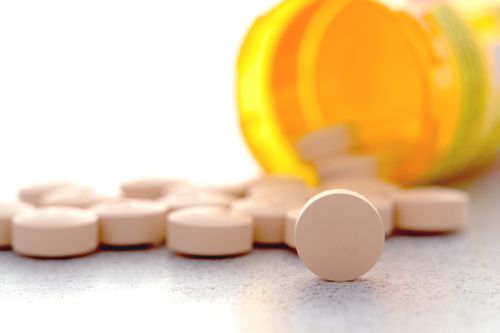Low-Dose Naltrexone: Unveiling the Healing Potential Beyond Addiction

Introduction:
In the realm of medicine, breakthrough treatments often emerge unexpectedly, reshaping our understanding of health and disease. Low-Dose Naltrexone (LDN) is one such discovery, offering a beacon of hope for patients grappling with a myriad of conditions beyond addiction. Originally approved to combat opioid dependence, LDN has since captured the attention of healthcare professionals and patients alike, unveiling a world of healing potential that extends far beyond its initial purpose. Join us as we embark on a journey to explore the transformative power of LDN and its burgeoning role in modern healthcare.
Understanding the Science of LDN:
At its core, Low-Dose Naltrexone operates on a fundamentally different principle than its higher-dose counterpart. While traditional naltrexone blocks opioid receptors to deter addiction, LDN exerts its effects by modulating the immune system and reducing inflammation. Administered in doses ranging from 1.5 to 4.5 milligrams, LDN represents a novel approach to treating a spectrum of medical conditions, harnessing the body's innate healing mechanisms to promote wellness.
Unlocking LDN's Potential in Autoimmune Disorders:
Autoimmune diseases, characterized by the immune system attacking the body's own tissues, present a formidable challenge in modern medicine. Conditions such as rheumatoid arthritis, multiple sclerosis, and Crohn's disease often defy conventional treatment approaches, leaving patients searching for relief. LDN, with its immunomodulatory effects, has emerged as a promising adjunctive therapy for autoimmune warriors seeking reprieve. While research is ongoing, early studies and patient testimonials suggest that LDN may offer hope in managing symptoms and improving quality of life for individuals grappling with autoimmune conditions.
Navigating Neurological Terrain with LDN:
Neurological disorders, from Parkinson's disease to neuropathic pain, pose significant challenges for patients and clinicians alike. The intricate interplay of neuronal pathways and neurotransmitters complicates treatment strategies, leading many to explore alternative approaches. LDN, with its potential to modulate neuroinflammation and promote neuroprotection, offers a glimmer of hope in this complex landscape. While more research is needed to fully elucidate LDN's efficacy in neurological conditions, preliminary evidence suggests that it may hold promise in mitigating symptoms and improving outcomes for patients.
LDN in Chronic Pain Management:
A New Frontier: Chronic pain, a pervasive and debilitating condition affecting millions worldwide, remains a significant unmet medical need. Traditional pain management strategies, including opioids, often come with a host of side effects and limitations. LDN, with its ability to modulate pain pathways and reduce inflammation, offers a promising alternative for individuals seeking relief. While further research is warranted to validate LDN's efficacy and safety in chronic pain management, early findings and patient experiences suggest that LDN may represent a valuable addition to the therapeutic arsenal.
Conclusion:
Low-Dose Naltrexone stands as a testament to the resilience of human ingenuity and the boundless potential of medical innovation. By harnessing the body's innate healing mechanisms, LDN offers new hope for patients grappling with conditions ranging from autoimmune disorders to chronic pain and neurological diseases. As research continues to unravel the intricacies of LDN's mechanisms and efficacy, it is clear that this unassuming medication holds the key to unlocking a world of healing potential beyond addiction. Together, we embark on a journey towards a brighter, healthier future, guided by the transformative power of LDN and its promise of renewed vitality and wellness for all.
